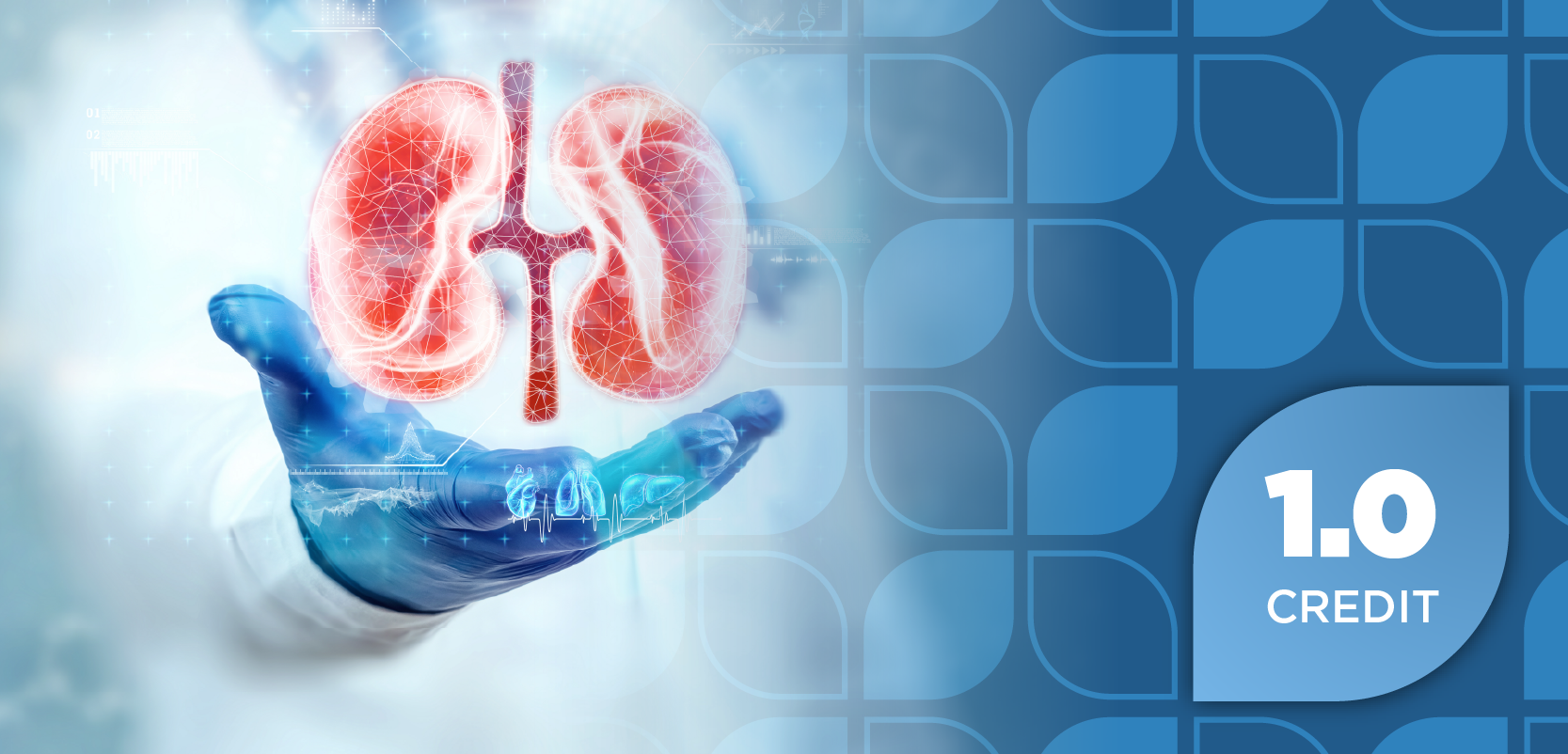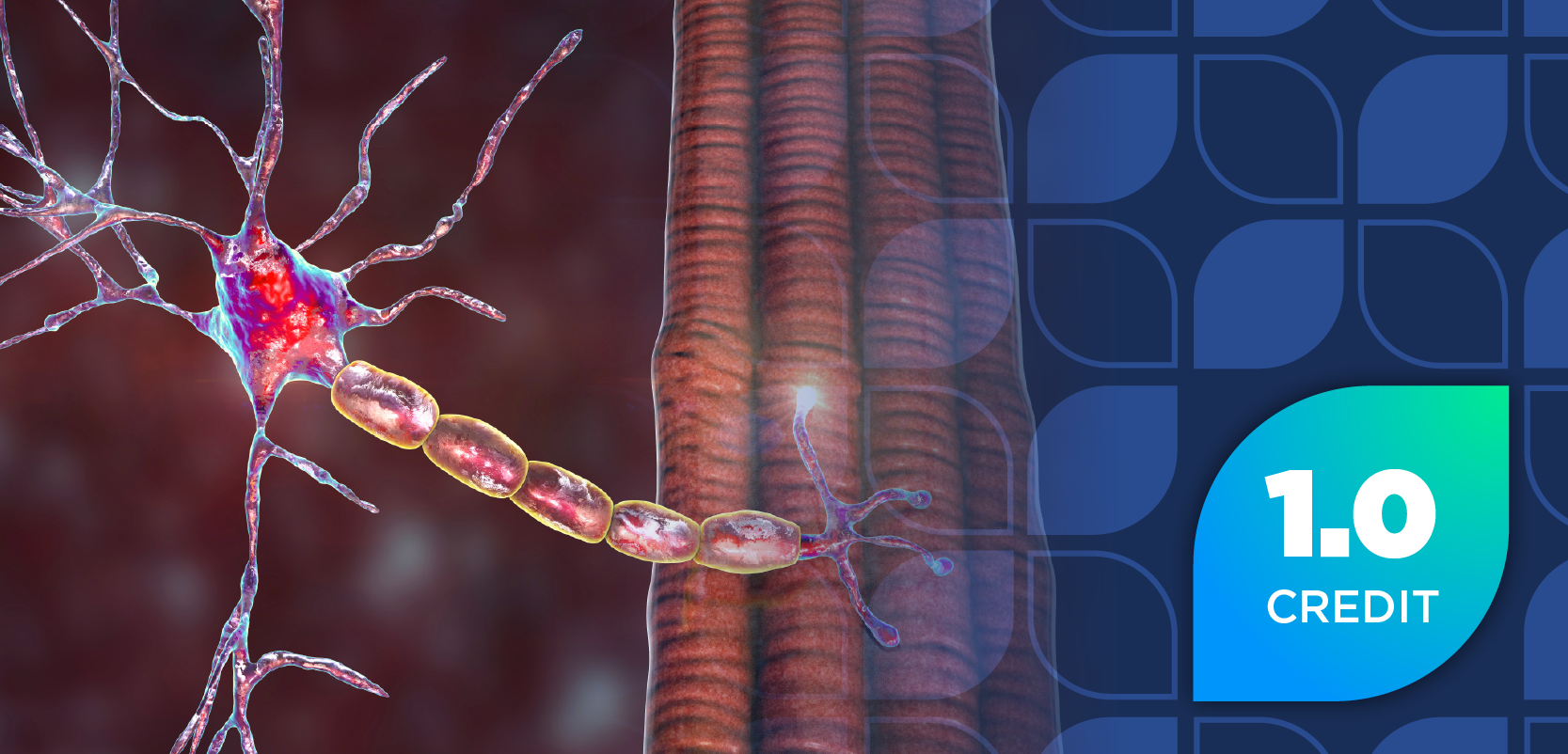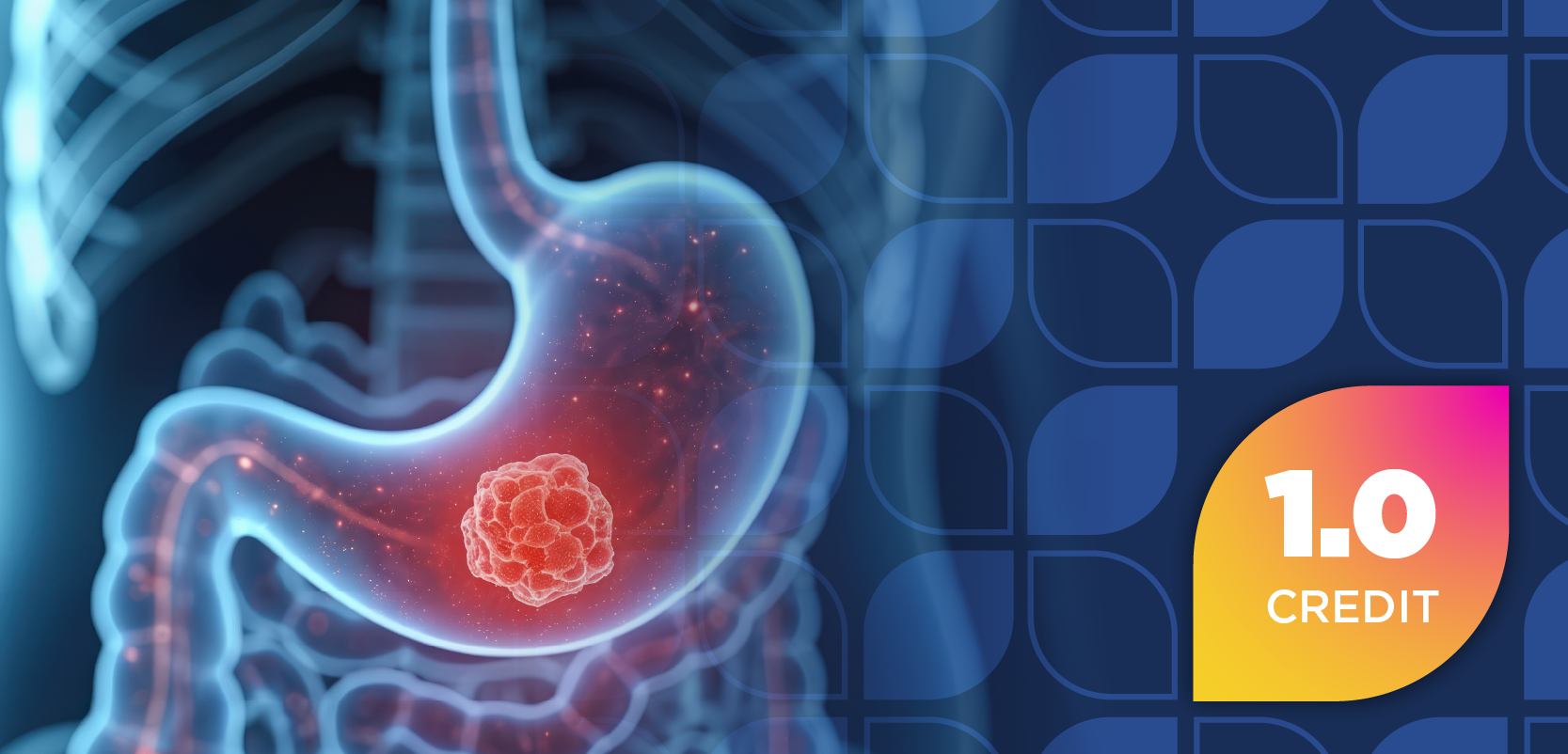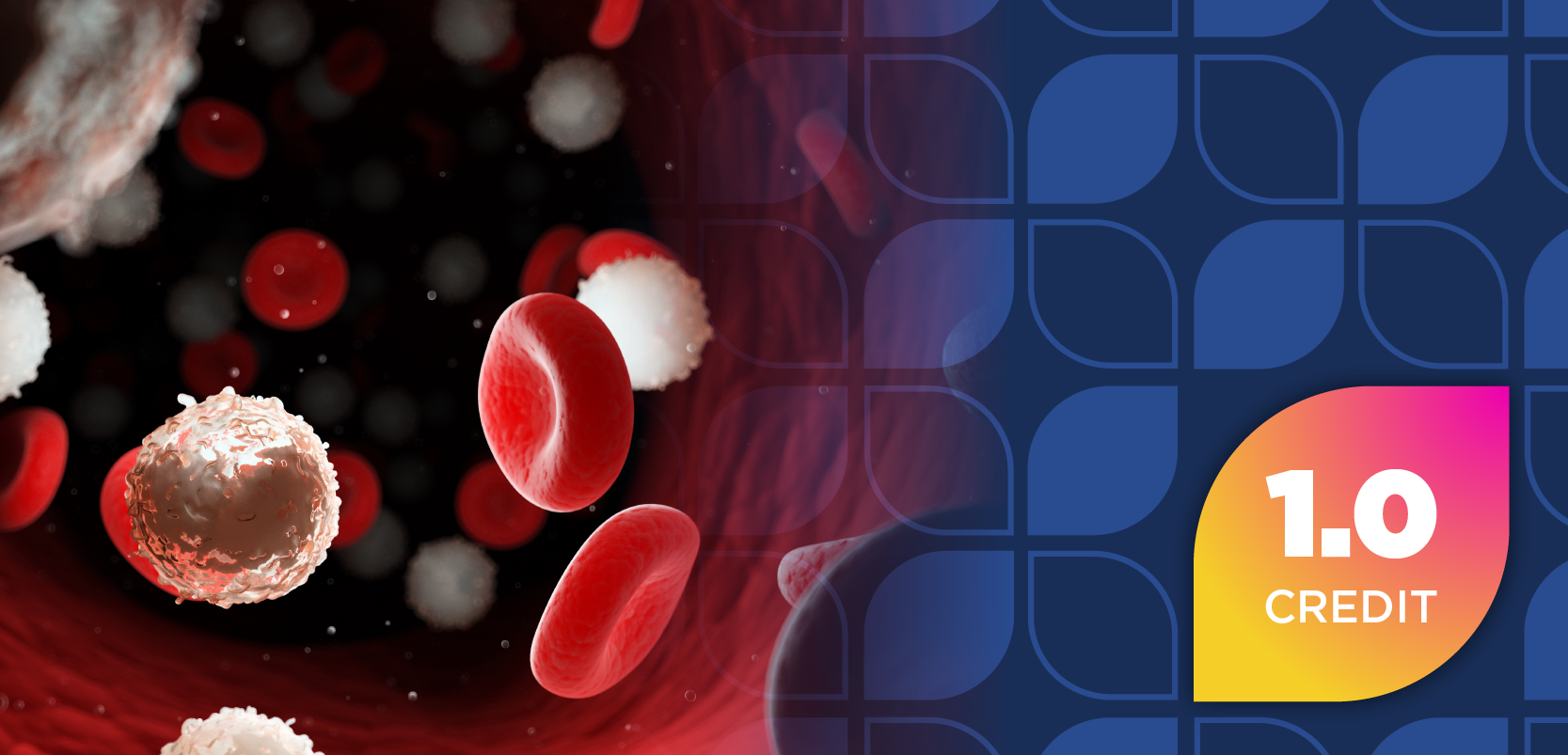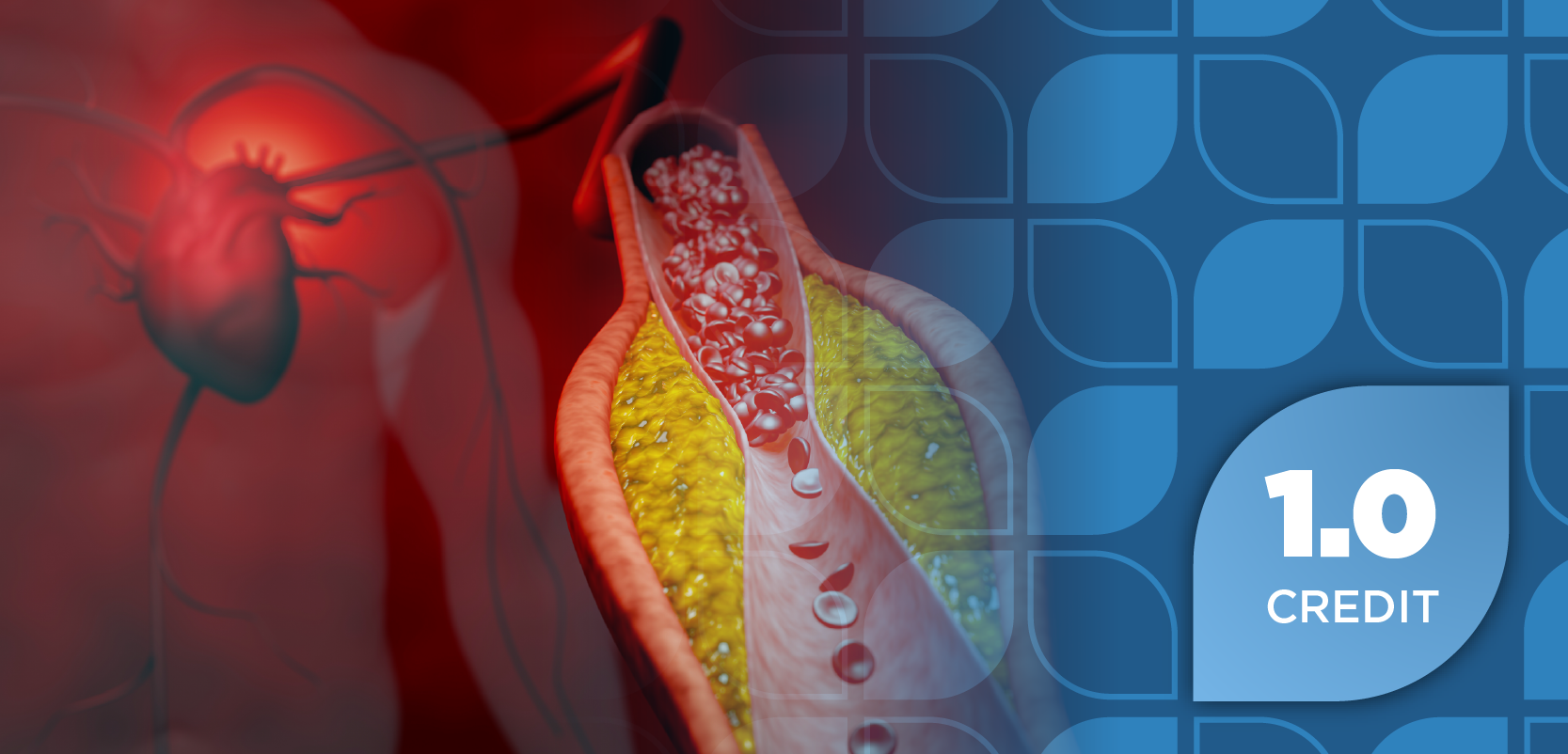
Let's Talk About Parkinson's Disease
April is Parkinson's Disease awareness month, spotlighting this disorder of the central nervous system that affects movement.
Many people struggle with tax completion in April, but for many families, this month bring another day-to-day struggle in managing and coping with Parkinson's disease (PD). We all know of someone who has been affected by this challenging
Pathology
Risk factors for PD are listed in Table 1. The origin of PD begins with a depletion of dopamine from the basal ganglia resulting in major disruptions in connections to the motor cortex and thalamus and leads to signs, such as bradykinesia.1 In the beginning, compensatory mechanisms can work to mask or reduce the effects of dopamine depletion in the early phases of PD, but they are eventually overwhelmed by the disease as it progresses.1 In general, the cardinal features of PD are bradykinesia, rigidity, and tremors, with a fourth feature, postural instability, that is commonly mentioned. However, postural instability does not generally occur until much later in the course of the disease and thus is not included in any published diagnostic criteria for PD.2 Mutations occur in the gene that codes for alpha-synuclein, which is one of the most important elements of cell death in various neurodegenerative disorders.1 These mutations are seen in other disease states, such as dementia with Lewy bodies, multiple system atrophy, and neurodegeneration with brain iron accumulation.1 There are also non-motor symptoms (Table 2).
Table 1. Risk Factors for the Development of PD
Family history
History of traumatic brain injury
Reduced levels of dietary and sunlight-derived vitamin D
History of migraines that present with an aura
Living in industrial or urban areas and exposure to copper, lead, or manganese
Exposure to hydrocarbon solvents, particularly trichloroethylene
Living in rural areas
Agricultural or farm work
Using well water
High dietary intake of iron, especially in combination with high manganese intake
Excess body weight
Lower muscle strength in late adolescence
Disease Progression
Bradykinesia is the most difficult symptom for patients to describe. Fatigue, a lack of coordination, and weakness are often used to describe the decreased ability to initiate movement.2 Bradykinesia generally starts distally, with decreasing dexterity of the fingers, dragging in the legs, a feeling of unsteadiness, and short shuffling steps being noted.2 Bradykinesia is a slowness of movement, presents at the onset of PD in a large percentage of patients, and is arguably the major cause of disability in PD and is eventually seen in almost all patients.2 Rigidity usually begins unilaterally and typically on the same side as a tremor, which eventually progresses to the opposite side and remains asymmetric throughout progression.2 Rigidity can affect any part of the body and may contribute to complaints of pain and stiffness, such as a decreased arm swing when walking and a typical stooped posture.2 Postural instability is an impairment of postural reflexes that cause a feeling of imbalance and a tendency to fall with a significant risk of injury.2 A tremor usually starts unilaterally in the hand and spreads over several years, following the onset of symptoms. Traditionally, the side that is initially affected tends to be the more affected side throughout the course of the disease.2
Table 1. Non-motor Symptoms 2
Cognitive dysfunction and dementia
Psychosis and hallucinations
Depression & anxiety
Apathy
Sleep disturbances
Fatigue
Autonomic dysfunction
Olfactory dysfunction
Gastrointestinal dysfunction
Pain & sensory disturbances
Dermatologic disturbances
Rhinorrhea
Table 3. Common Drug Classes That Are Used in PD3
Levodopa
Dopamine agonists (DA)
Monoamine oxidase (MAO) B inhibitors
Anticholinergic agents
Catechol-O-methyltransferase (COMT) inhibitors
Amantadine
Treatments
The combination drug carbidopa-levodopa, branded as Sinemet, is available in capsules and tablets.3 An immediate-release formulation of carbidopa-levodopa (Parcopa) is available that dissolves on the tongue and can be taken without water. Its time of onset of action is quicker than that of the oral tablets.3 The DAs are synthetic agents that directly stimulate dopamine receptors. They include bromocriptine, pramipexole, ropinirole, rotigotine, and the injectable apomorphine (Table 3).3 Monoamine oxidase MAO type B (MAO B) inhibitors include rasagiline, safinamide, and selegiline. They selectively inhibit MAO B and are modestly effective as symptomatic treatment for PD and may have neuroprotective properties.3 Centrally acting anticholinergic drugs, such as benztropine and trihexyphenidyl have been used for many years in PD and continue to have a useful role.3 Amantadine is an antiviral agent that has mild antiparkinsonian activity, and its mechanism of action is uncertain, but it is known to increase dopamine release, inhibit dopamine reuptake, stimulate dopamine receptors, and it may possibly exert central anticholinergic effects.3 The COMT inhibitors entacapoine and tolcapone are only effective when given in combination with levodopa.3 They may potentiate and prolong the levodopa effect when given with a dose of levodopa and thus are known as levodopa extenders.3 Among the primary motor features of PD, gait difficulty and postural instability are the least responsive to dopaminergic therapies and are major contributors to disability in patients with PD.2
Resources
The
Additional resources include the
Conclusion
PD is a challenging disease. With many high-profile celebrities diagnosed with PD, the disease has been in the spotlight and attracted charitable giving. However, this will not change the immediate struggles of the families and patients who deal with this disease every day, though it may aid research in the long term. As clinicians, effective drug therapy management and management of the adverse drug effects can improve the quality of life for patients and caregivers.
This article was co-authored by Justin Powell, a PharmD candidate at Marshall University in Huntington, West Virginia.
References
1. Gerfen CR. Molecular effects of dopamine on striatal-projection pathways. Trends Neurosci. 2000;23(10 Suppl):S64-70.
2. Gelb DJ, Oliver E, Gilman S. Diagnostic criteria for Parkinson disease. Arch Neurol. 1999;56(1):33-9.
3. Rogers G, Davies D, Pink J, Cooper P. Parkinson's disease: summary of updated NICE guidance. BMJ. 2017;358:j1951. doi: 10.1136/bmj.j1951.
Newsletter
Stay informed on drug updates, treatment guidelines, and pharmacy practice trends—subscribe to Pharmacy Times for weekly clinical insights.











